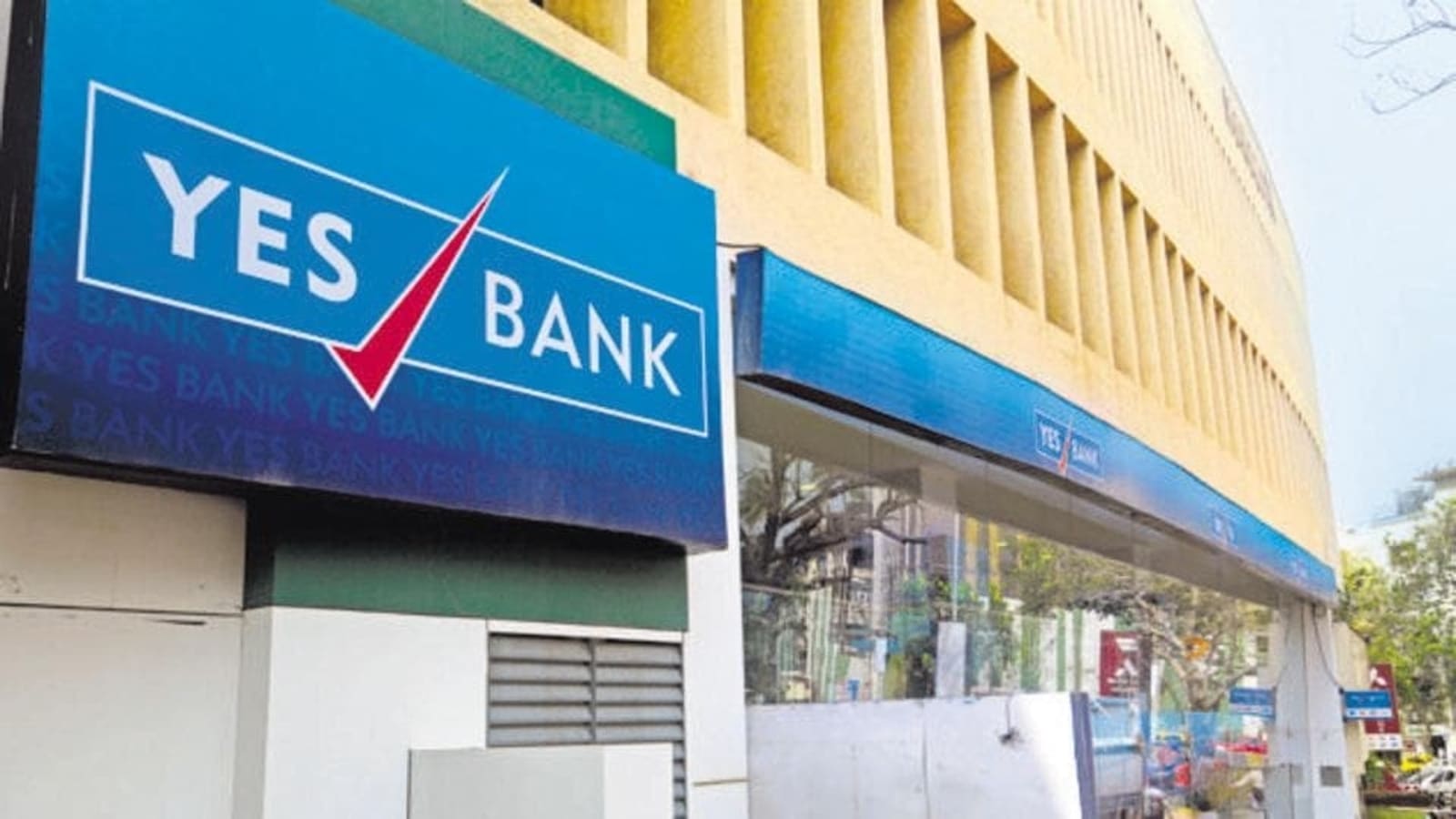Yes Bank’s Q3 result: Net profit drops 80% to ₹52 crore

Yes Bank on Saturday posted a drop of 80 per cent in its net profit to ₹52 crore for the quarter ended December, against ₹266.43 crore in the corresponding quarter the previous year. The lender said it was largely impacted due to ageing-related provisions.
The bank said its operating profits grew 17 per cent year-on-year to ₹914 crore in Q3FY23 and the Mumbai-headquartered lender said it is the highest in the past seven quarters.
The cost-to-income ratio improved to 70.7 per cent from 72.8 per cent in the third quarter (October-December), according to the bank statement released on Saturday.
The bank said advances grew 10 per cent y-o-y, deposits’ growth was 16 per cent y-o-y and its balance sheet was up 13 per cent y-o-y.
The bank said its current account saving account (CASA) ratio was 29.9 per cent against 31 per cent in the second quarter (Q2FY23), average CASA improved by 20.3 per cent y-o-y.
The bank said its gross net performing asset (GNPA) ratio was 2 per cent during the third quarter and its net NPA ratio at 1 per cent.
ALSO READ: ICICI Bank Q3 result: Profit up by 34% to ₹8,312 crore
The bank said a capital raise of ₹8,900 crore concluded in the October-December quarter and pursuant to this, the lender received ₹5,093 crore towards equity investments and ₹948 crore towards warrants application. The bank said this is the second largest private capital raise transaction to take place in the Indian banking sector over the last two decades.
Prashant Kumar, Managing Director and Chief Executive Bank, Yes Bank, said, “During the quarter, the Bank successfully closed two deals which are strategic and transformational in this new journey of the Bank. The successful capital raise has aided in a significant expansion in our Capital Base, and post-full consummation, our CET1 Ratio will reach an extremely comfortable level.”
The MD & CEO said, “Moreover, with the successful transfer of stressed assets to the JC Flowers ARC, the GNPA and NNPA ratios have now declined to 2 per cent and 1 per cent, respectively, which is the lowest since Q3FY19. At the same time, the operational momentum of the Bank continues with further step-up in disbursements across segments and highest Operating Profit in the last eight quarters.”
CET1 ratio compares a bank’s capital against its risk-weighted assets to determine its ability to withstand financial distress.

Atul Tiwari is a seasoned journalist at Mumbai Times, specializing in city news, culture, and human-interest stories. With a knack for uncovering compelling narratives, Atul brings Mumbai’s vibrant spirit to life through his writing.





